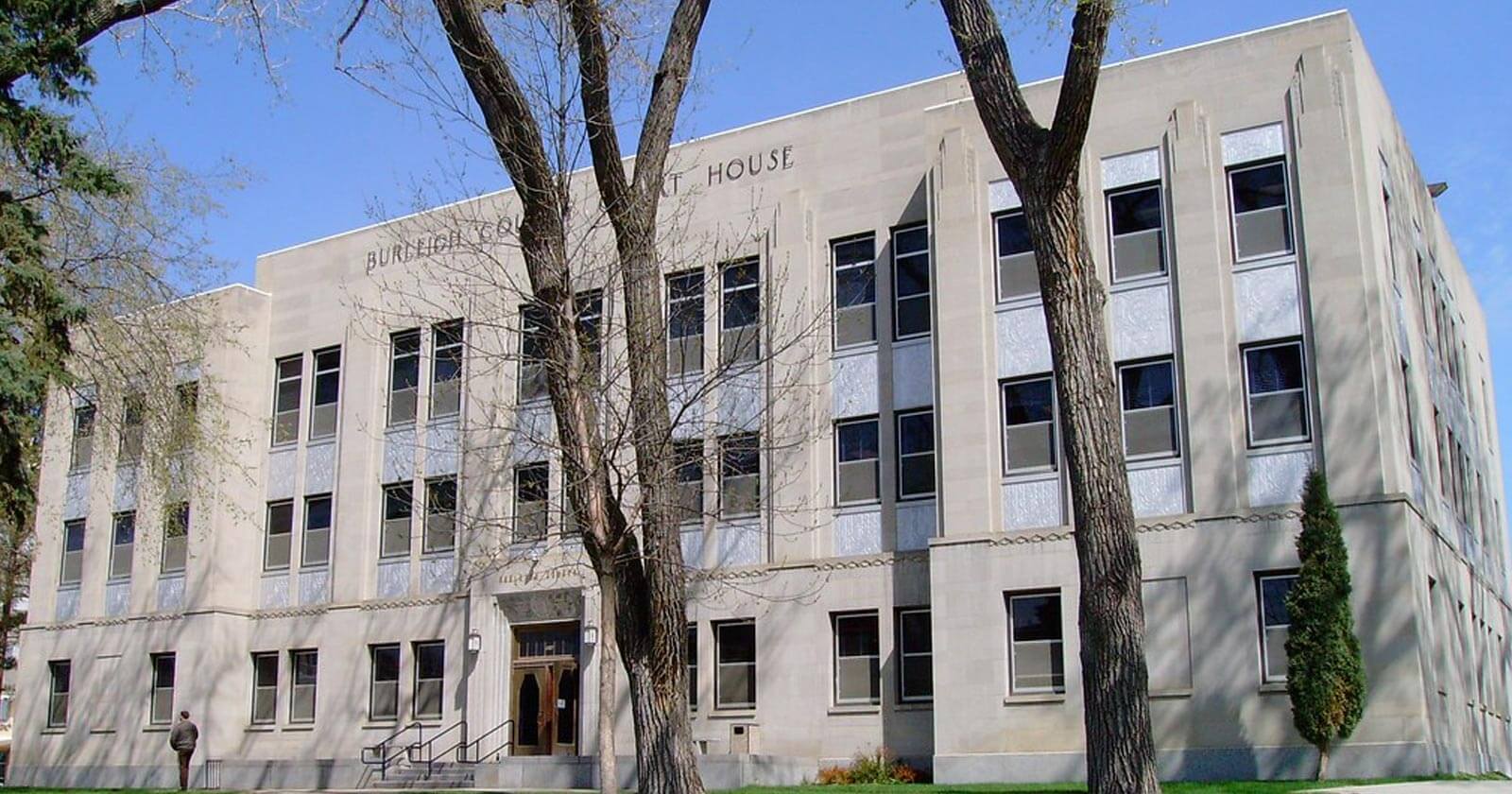Burleigh County, ND – North Dakota faces unique challenges and problems around alcohol. The state has one of the highest rates of alcohol use and binge drinking in the U.S., and 10% of North Dakotans aged 12 and older are either dependent on or have abused alcohol in the past year. Alcohol plays a significant role in crime in the state; more than half of motor vehicle fatal crashes and 30% of physical assaults involve alcohol.
To address alcohol-related crime, North Dakota expanded its statewide 24/7 Sobriety Program in summer 2013 to include both pretrial and post-conviction offenders. The program requires individuals charged with or convicted of a second or higher drunk driving or alcohol-related offense to participate in twice-daily breath testing or Continuous Alcohol Monitoring. Individuals convicted of four or more offensives are incarcerated and must participate in the program for 2 years after their release.
Located in south central North Dakota, Burleigh County has just over 81,000 residents and is home to Bismarck, the state’s capital and second largest city. With the recent oil boom and related population growth, the county has experienced more alcohol-related crime. In 2011 the county had more than 800 DUI arrests and the second highest number of crashes in the state. The county was a pilot site for the 24/7 Sobriety Program.
How is SCRAM CAM Being Used?
The Burleigh County Sheriff’s Department uses both twice-a-day breathalyzer testing and SCRAM Continuous Alcohol Monitoring (SCRAM CAM). Though the county’s breath-testing caseload has stayed steady at 30 to 40 clients, the SCRAM CAM program has grown by over 300% since the expanded 24/7 program went into effect. Post-conviction offenders wear SCRAM CAM for up to 2 years.
The department manages an average daily SCRAM CAM caseload of more than 50 offenders with a single officer. So far, they have monitored more than 200 clients for nearly 16,000 days, with a full compliance rate of 82%. Through its large SCRAM CAM caseload, the department has identified a number of best practices to increase efficiencies and reduce re-offense.
The department uses an offender-pay model to cover daily SCRAM CAM monitoring costs. Offenders are required to pay 1 to 2 weeks in advance, in cash, and are not allowed to fall behind in their payments. Nonpayment is considered a violation of the offender’s release and managed accordingly.
Clients are required to come into the Sheriff’s office once a week. This weekly appointment gives the department’s 24/7 Coordinator an opportunity to check in with clients and identify any potential problems or issues that could cause recidivism. To increase efficiencies and better manage the caseload, the department schedules multiple client appointments during a set window.
In addition, SCRAM CAM helps the county address its unique demographic and geographic challenges. SCRAM CAM allows offenders who perform shift work in North Dakota’s oilfields to maintain their work schedule while being monitored. It also provides more consistent managing of offenders in the county’s large rural areas, especially in the winter. SCRAM CAM’s 24/7 monitoring and ability to store data for up to 30 days eliminates the possibility of missed or late tests and ensures that clients are being monitored for alcohol even when roads are closed due to weather.
Outcomes
SCRAM CAM allows the Burleigh County Sherriff’s Department to manage its caseload with limited resources while driving high levels of compliance. The department’s 24/7 Coordinator, Cami Jo Krueger, notes, “It’s easier to manage 50 people on SCRAM than 30 on the breathalyzer. I know with SCRAM CAM I don’t have to worry about people being monitored because they are being monitored all the time. I have fewer violations than with twice-a-day breathalyzers, and there are no violations for missed or late tests. I have only done 2 or 3 violation reports for SCRAM clients in 6 months, versus an average of one per week with breath testing. And if we didn’t have SCRAM, we’d have line-ups out the door with just twice-a-day breathalyzer tests.”
SCRAM CAM is also helping Burleigh County manage higher-risk offenders—such as individuals with several drunk-driving offenses or with a high BAC at the time of arrest—who are more likely to try to circumvent twice-daily breath testing. “We have clients who dabble with drinking with breathalyzer testing,” said Krueger. “One client had been on twice-a-day breath testing before and told me, ‘If you put me on the breathalyzer, I’ll drink.’ Clients like that need to be on SCRAM.”
Ultimately, SCRAM CAM supports clients as they get sober and move forward. “The 24/7 program is a condition of release to keep people out of jail,” she noted. “With SCRAM, clients can continue doing their job, abide by the court orders, and support their families, and that gives them the flexibility to get on with their lives and get back into society.”

